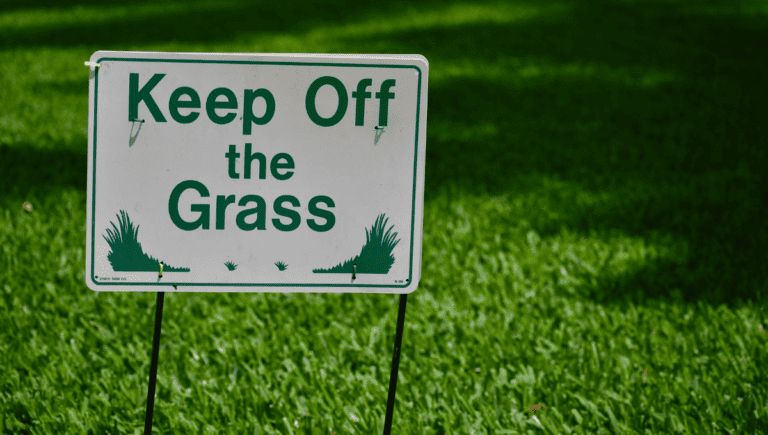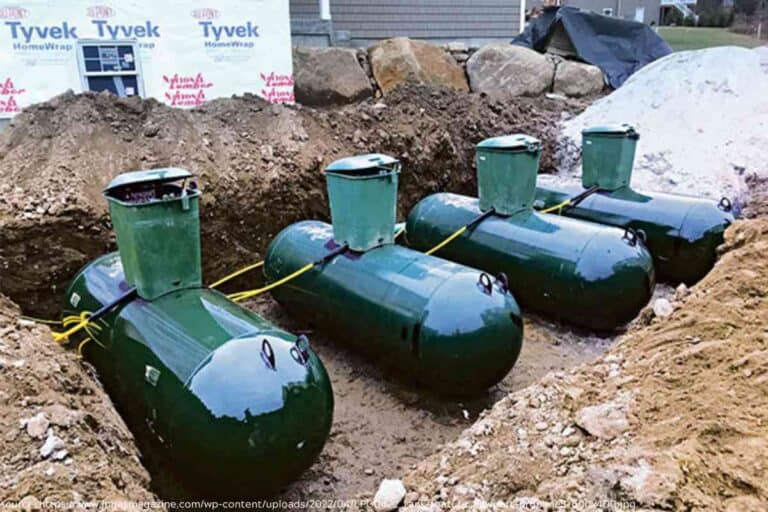Where To Drain Water Softener Backwash: 4 Safe Options
Water softeners have been a game-changer for homeowners that want to take control of the quality of their tap water, but where can you drain the backwash? When you install a water softener in your home, you can control its hardness level and filter out any unwanted minerals and trace metals. However, you need to discharge your water softener’s backwash and drain it routinely to ensure that your system stays operational – and that you are not causing any harm to the environment.
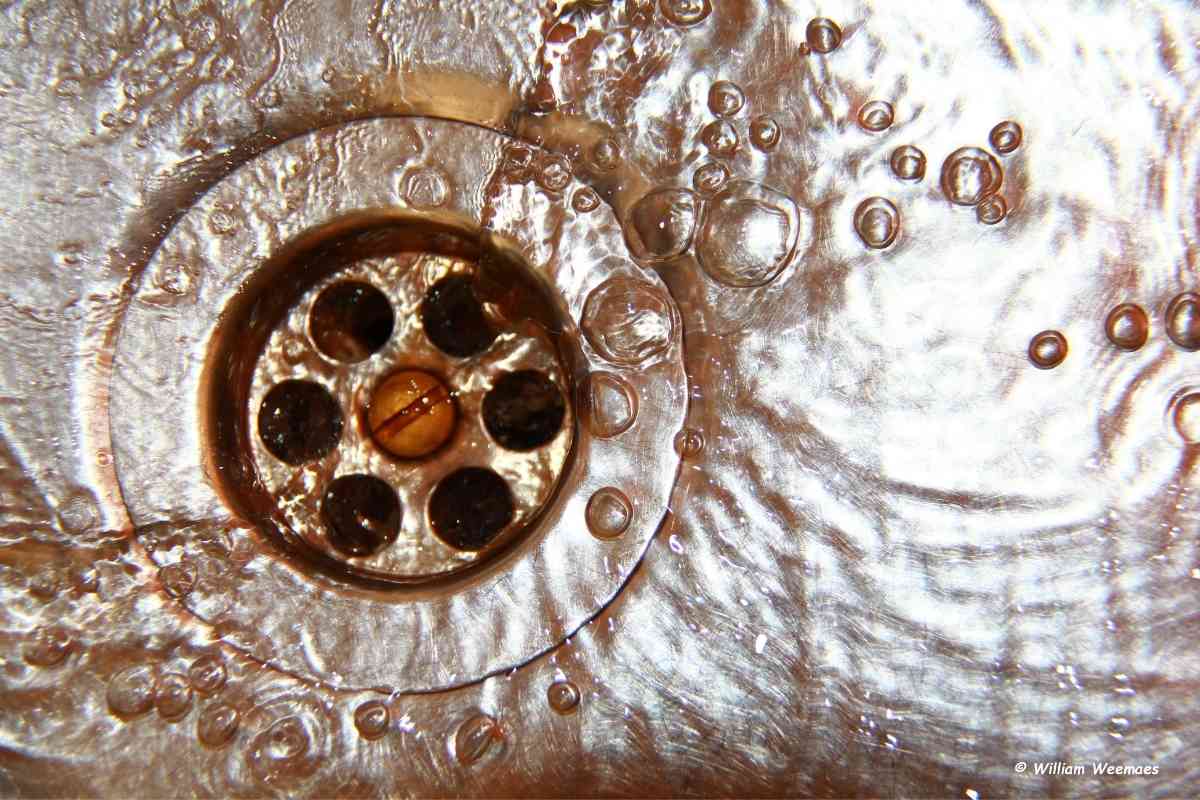
Where can you safely drain water softener backwash?
You can drain your water softener backwash by connecting it to your local sewage system, septic tank, dry well, or basement drainage system, or you can discharge it outside if you live in a region that is arid with minimal plant and wildlife.
If you want to improve the quality of your home’s tap water, a water softener is one of the most effective ways of getting the job done.
These intricate filtration systems enable you to control the contents of your water by removing any excess trace metals and minerals. There are a number of naturally occurring minerals that end up in water systems through rainfall, which are not harmful to our health but can ultimately affect the quality of our water. A water softener will prevent you from having to drink water that has these minerals by using sodium chloride to filter our trace metals.
Once the minerals have been removed they will be stored in your brine tank until your next flush cycle, which is when the system will drain its backwash. This is something that many homeowners struggle with, as they do not know where to direct their backwash during the regeneration cycle. To help you understand this further, we are going to take a closer look at where you can drain your water softener backwash in more detail.
After extensively researching water softener maintenance and upkeep, I have been able to gather enough information to determine where to properly drain the backwash after a flush cycle.
My research has indicated that it is important to find a safe and reliable method for draining your water softener backwash, as it can have a negative environmental impact or potentially damage your water source.
How Often Do You Need to Drain Water Softener Backwash?
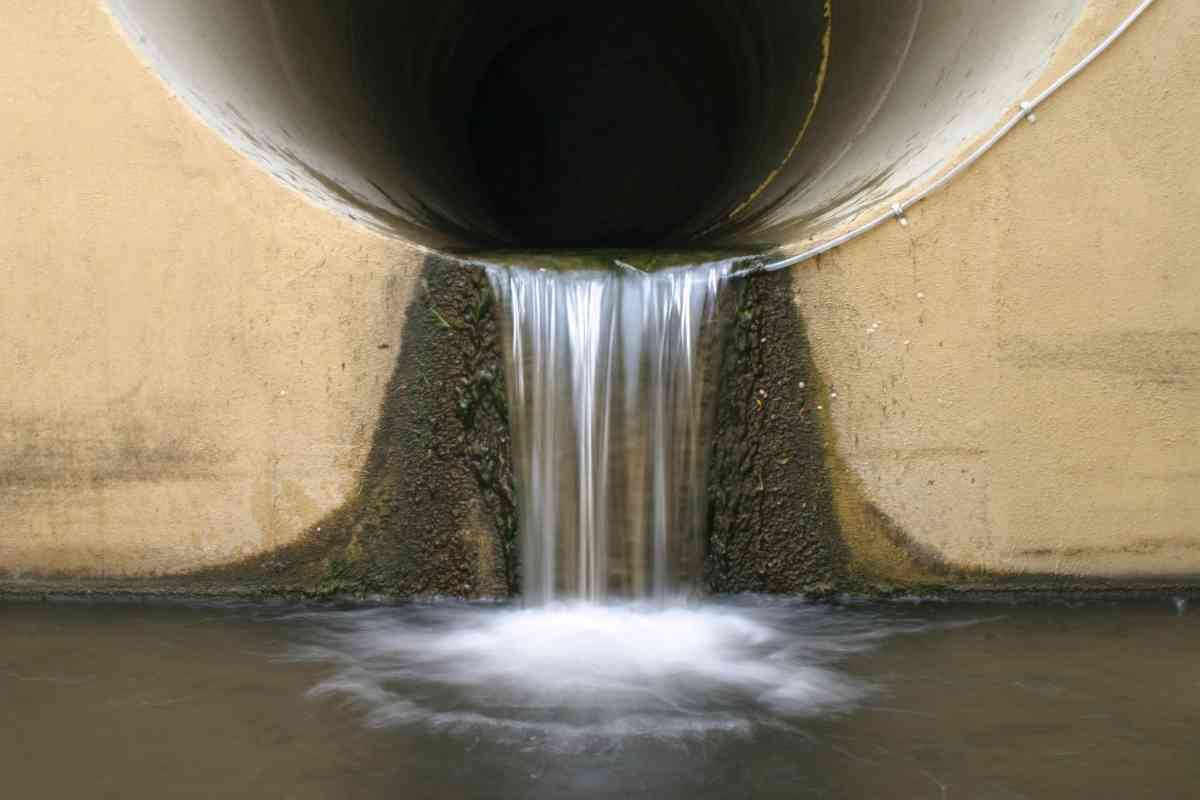
If you want your water softener system to function optimally, you need to ensure that you are draining your backwash routinely. However, how often you actually need to drain your backwash can vary depending on a number of different factors.
Most water softeners will engage a flush cycle at least once per week, but some do it as often as every 2 or 3 days. You can set your water softener timer to engage based on how frequent you want your regeneration cycle to be.
The best way to know when to drain your backwash is to consider how much water you use and how hard your local municipalities water supply is.
If you have a big household that uses a lot of water, you should expect your softener system to be working in over time, which implies that it will be filtering out a lot of trace metals and minerals. In this case, you should consider having your water softener’s backwash drain at least a couple of times per week.
In addition, each region has a different hardness level for its water supply. If you have tested your water and determined that it has an above-average amount of minerals, then you should keep your backwash cycle quite frequent.
However, if both conditions apply to you, then you may need to flush your backwash daily – or even multiple times per day.
Draining Methods for Water Softener Backwash
When you install your water softener system into your home, you need to connect a line that will determine where your backwash is going to flow during the regeneration cycle. Many homeowners often overlook this aspect of their system, which is why you want to carefully consider where the backwash is going to flush before you start your installation.
There are a number of different methods for discharging water softener backwash to consider. Depending on your local area, your budget, and what is most practical, you may find that one approach is more suitable for your home and filtration system.
The key thing that you need to keep in mind is that your water softener backwash is not like regular water, as it contains sodium, chloride, potassium ions, as well as every mineral and trace metal that it filters out.
This means that you need to dispose of it in a way so that it does not harm your local environment or water source. Let’s dive into the different methods for draining your water softener backwash.
Sewage System
One of the most practical, economic, and environmentally sound ways to discharge your water softener backwash is to connect it to your local sewage system. To do this, you need to channel your brine tank’s backwash to flow into a sewage input, much like you would the majority of the plumbing in your home.
Municipal sewage systems have been designed to handle large amounts of waste and they can process your water softener backwash safely and efficiently. This is a great method for any homeowner that wants an efficient and direct way to get rid of their backwash – without the hassle of dealing with any maintenance or construction.
However, not all homes have direct access to a sewage system. If you live out in the countryside, you may need to consider an alternative approach for getting rid of your water softener backwash.
Septic Tank
A lot of people prefer to use a septic tank for discharging their water softener backwash, as this method offers a lot of the same benefits as a sewage connection but you can do it virtually anywhere.
A septic tank is an outdoor storage tank that is usually kept underground. Homeowners who live in rural areas, generally have septic tanks connected to their homes so that they can process residential waste. If you have a septic tank already constructed, you should be able to easily channel your backwash to it.
Dry Well
Dry wells are common in certain parts of the country – especially those that experience frequent storms. This is a great method for draining your water softener backwash and it is not all that hard to install if you don’t have one already set up on your property.
A dry well is essentially a seepage pit that allows you to dispose of unwanted grey water. This is not something that you would connect your home’s sewage waste to, but it is very useful for draining shower, sink, and laundry grey water, as well as your backwash.
For this method, you need to construct the dry well by digging a pit on your property, which is usually lined with concrete or sheet metal – much like a standard well. However, some dry well systems rely on plastic tanks and they are just as effective.
You can then connect the backwash from your water softener to drain into your dry well, which will safely and efficiently discharge all of your minerals and trace metals deep underground.
Basement Drainage
A lot of people that install water softener systems in their homes, tend to do so in their basements. If this was the approach that you took with your system, you may find that discharging your water softener backwash will be quite convenient by using the following methods.
- Floor drain
- Sewage ejector pump
- Sump pump
Depending on the size of your basement as well as what kind of access your home has to a sewage intake, you may be limited with these approaches.
Outdoor Drainage
Generally speaking, you should avoid discharging your water softener backwash outside. The backwash that you are draining is full of minerals such as sodium and heavy metals, which can cause harm to the environment.
If you drain your backwash on your lawn or yard, you will find that it will likely kill your plants. In addition, if you drain the backwash near your well or a freshwater channel, you can end up sabotaging your water source or harming the local ecosystem.
With that being said, you can still drain your backwash outdoors so long as you do so responsibly. If you live in an arid region (without soil) that does not have plants or wildlife, you should be able to safely drain your backwash without causing any serious harm to the environment.
However, this should be a last resort approach and you should consider an environmentally sound method before relying on outdoor drainage.

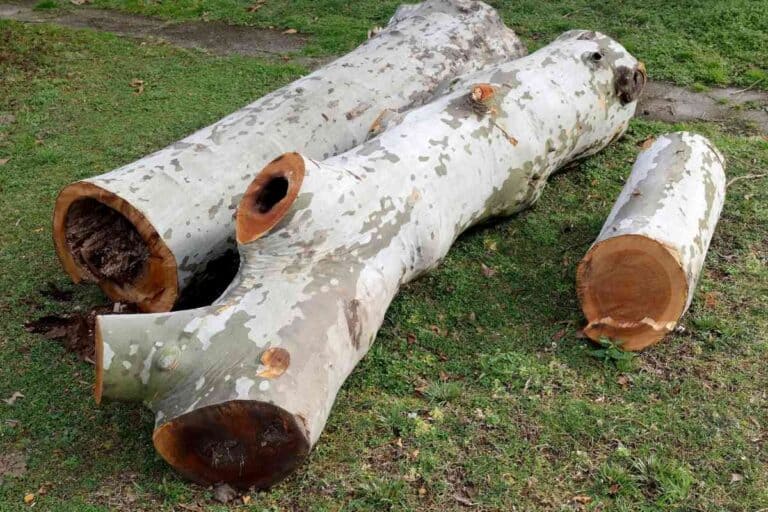
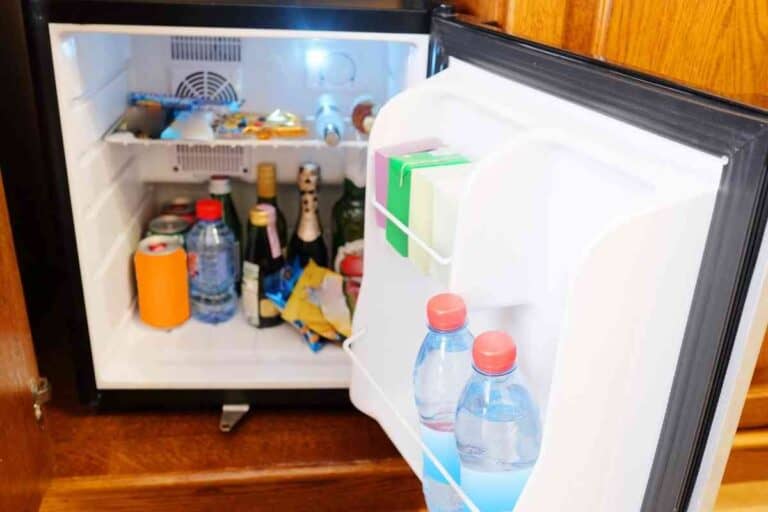
![Are Aspen Trees Good For Log Cabins? [And What Is Better?]](https://freedomresidence.com/wp-content/uploads/2022/05/Are-Aspen-Trees-Good-For-Log-Cabins-768x512.jpg)
